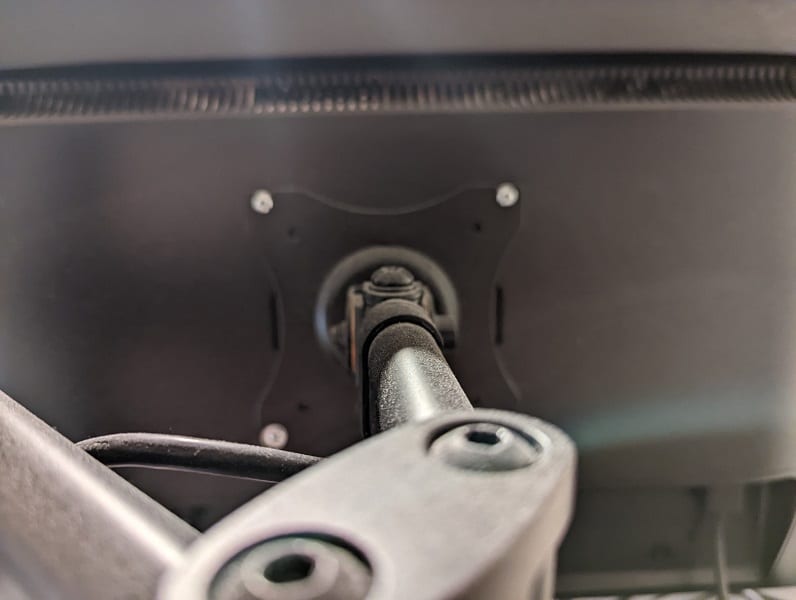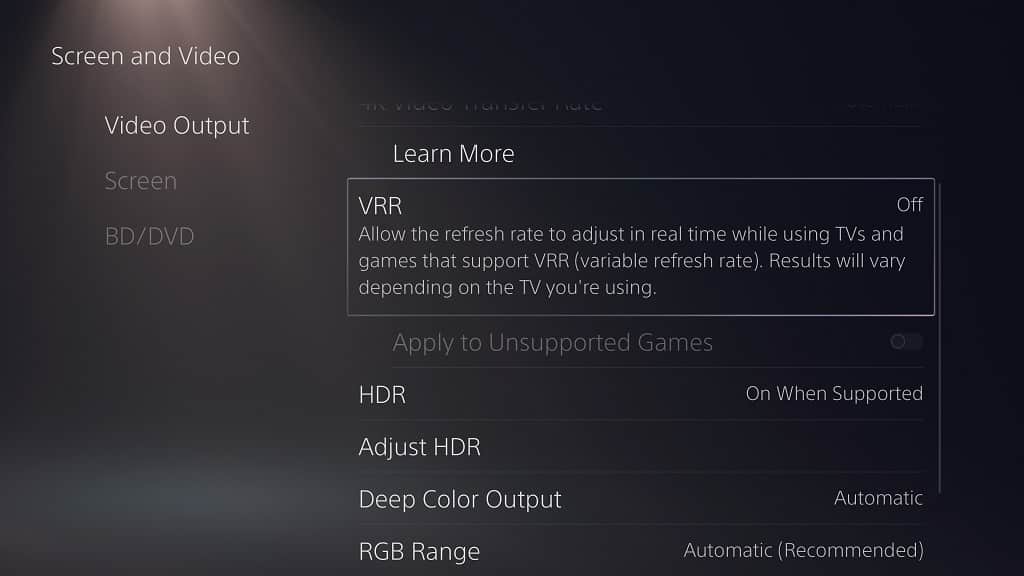The Alienware AW3423DW is a 34” Curved QD-OLED Gaming Monitor. You can check out this guide at Seeking Tech to see how you can properly clean this screen.
What cleaning solution can you use for Alienware AW3423DW?
When it comes to what solution you can use for the Alienware AW3423DW, plain tap water should work fine.
With that said, we recommend highly concentrated isopropyl alcohol as it dries much faster than water, which will prevent any potential liquid damage if some managed to get inside of the monitor. Furthermore, it will also help sanitize the screen from germs.
If you are looking for a specific recommendation for the AW3423DW, then you can pick up the MG Chemicals 824-1L 99.9% Isopropyl Alcohol Electronics Cleaner Liquid Bottle on Amazon with this link. (#CommissionsEarned).
Avoid using ammonia, benzene, detergent, soap and thinner as these solutions may end up damaging the screen.
What cleaning materials can you use to wipe the AW3423DW?
As for what you can use to wipe the screen of your Alienware monitor, a lint-free cloth should work well.
If don’t have one lying around, then we recommend picking up the MagicFiber Microfiber Cleaning Cloth, which you can get from Amazon via this link. (#CommissionsEarned).
How to clean the Alienware AW3423DW
In order to clean the 34” Curved QD-OLED Gaming Monitor, you can try taking the following steps:
1. Before doing anything else, you need to unplug the monitor from the power outlet. Otherwise, you will risk damaging the screen and potentially causing electrical shock.
2. If you are planning to clean more than just the display area of the AW3423DW, then make sure you have enough room where you can easily move around so that you don’t accidentally knock down the monitor.
If possible, you should put the screen on a soft surface, such as a bed, when cleaning.
3. Next, apply the water or isopropyl alcohol directly to the lint-free cloth.
You should avoid applying the solution directly on the monitor as the excess water could end up seeping inside, potentially causing liquid damage.
When applying the water or water or isopropyl alcohol to the cloth, make sure you don’t overdo it to make the cloth extra wet. If you did, then you should squeeze out any excess water from the damp cloth before moving on to the next step.
4. Next, you can start gently wiping your Alienware AW3423DW. When wiping, we suggest using a circular motion to efficiently remove any dust, dirt and grimes from the surface.
5. Once you are done wiping the gaming monitor, we recommend that you let it sit until it complete dries up at room temperature.
To speed up the drying process for the AW3423DW, you can put a fan next to so that you can get better air circulation.
You should avoid using any heat source, such as a hair blow dryer, as doing so could end up causing damage to the gaming monitor.
6. After making sure that the screen has completely dried, you should be able to plug it back into the power outlet and turn it on without any issues.


